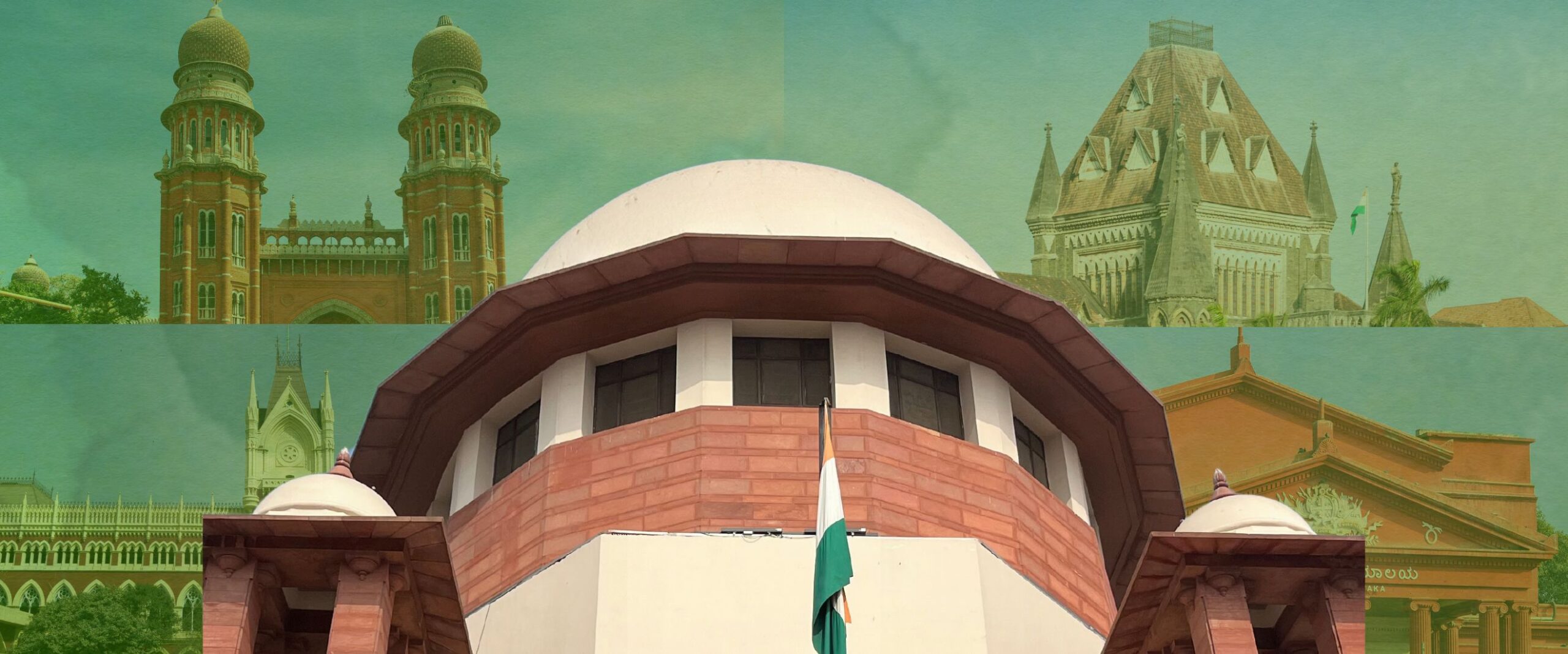Analysis
Calling for reinforcements
A recent order on ad hoc judges in HCs presents an opportunity to look at the history of the temporary judge provision in the Constitution

In Lok Prahari v Union of India (2021), a Supreme Court bench led by former Chief Justice S.A. Bobde issued guidelines for the ad hoc appointment of retired judges to address the case backlog in High Courts.
One of the conditions was related to the number of vacancies. The bench noted that ad hoc judges could not be appointed to a High Court if “recommendations have not been made for more than 20 percent of regular vacancies.” This was meant to guard against inaction in the recommendation of regular judge appointments.
To monitor implementation, the Court kept the proceedings in Lok Prahari open through a ‘continuing mandamus.’ On 30 January 2025, as part of one such proceeding, a bench led by CJI Sanjiv Khanna directed that the Lok Prahari guidelines on vacancies be kept in abeyance. By directing that High Courts can appoint two to five ad hoc judges provided they don’t exceed 10 percent of sanctioned strength, this order has the effect of relaxing and simplifying conditions for the appointment of ad hoc judges.
The issue of temporary judges has a compelling history. In the Constituent Assembly, K.M. Munshi expressed concerns that appointing ‘additional judges’, who would work in the Court for a fixed term, could open the door to favouritism. H.V. Pataskar was in favour of temporary appointments, noting that “judicial work might increase in any High Courts.” H.V. Kamath observed that drafting retired judges to clear backlog would be “derogatory to the dignity of a High Court judge” and suggested their talents only be used for cases of “vital constitutional importance”.
The Assembly eventually preferred the ad hoc system, backed by Dr B.R. Ambedkar’s reassurance that the system would not serve as a “back door” method for retired judges to extend tenure and that the President’s concurrence would prevent favouritism. This was the original Article 224.
However, it was removed by the Seventh Amendment in 1956 on the ground that it was “neither adequate nor satisfactory.” It was replaced by the ‘additional judge’ formulation under Article 224, allowing for judges to be appointed for two years to deal with “any temporary increase in the business of a High Court.” These judges could be elevated from the lower judiciary or the Bar, as in the case of permanent judges.
In 1963, there was another flip. The Fifteenth Amendment reintroduced the original provision for ad hoc judges as Article 224A. It marked a return to the idea that any temporary judges to the court should be appointed for their expertise.
At the time of Lok Prahari, ad hoc judges had been appointed only in three instances. In 1972, the Madhya Pradesh High Court brought in Justice Suraj Bhan to hear election-related petitions; Justice P. Venugopal worked on communal violence-related cases in the Madras High Court in 1982-84; and Justice O.P. Srivastava was called up by Allahabad to hear the Ayodhya title suit.
It was the mounting pendency problem that caused the re-reckoning in Lok Prahari. The bench acknowledged that it was activating a “dormant provision” for a purpose different from its original intent but it justified the move by citing the Constitution’s dynamic nature.
Gradually, even the Lok Prahari guardrail on vacancies came to be seen as getting in the way of tackling pendency. In proceedings in December 2022, a bench led by Justice S.K. Kaul suggested examining whether the “aspect of vacancies being less than 20 percent” could be relaxed for larger courts which have historically had more vacancies. (Allahabad, for instance, has filled only 81 of its 160 seats—it has 11 lakh pending cases, the highest in the country.)
Noting the “unprecedented situation arising from the backlog of cases” (62 lakh as of 25 January), the 30 January order directed that “the requirement that the vacancies should not be more than 20 percent of sanctioned strength will be kept in abeyance for the time being.” The order also clarified that ad hoc judges could hear and decide criminal appeals (which constitute more than 18 lakh of the pending cases) alongside sitting judges.
So, after much back and forth, the constitutional provision for temporary judge appointment seems to have returned to the framers’ intention. In 2025, the pendency problem has assumed such gigantic proportions that H.V. Kamath’s concern—of it being “derogatory” to call back retired judges to clear backlog—seems more of a relic than ever before.
This article was first featured in SCO’s Weekly newsletter. Sign up now!